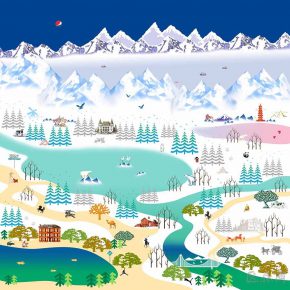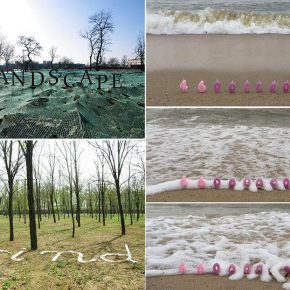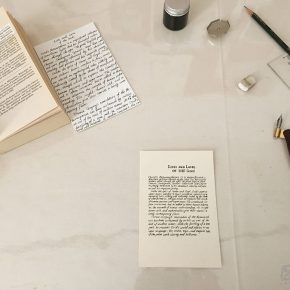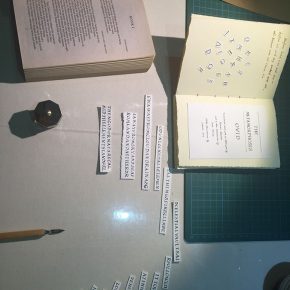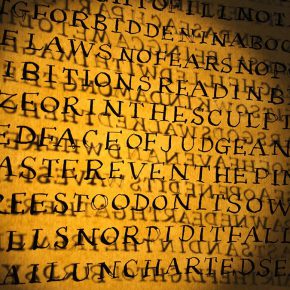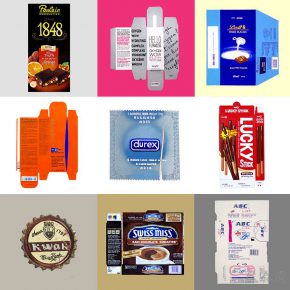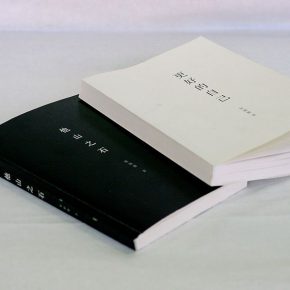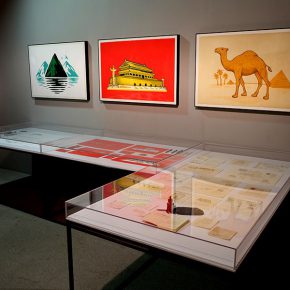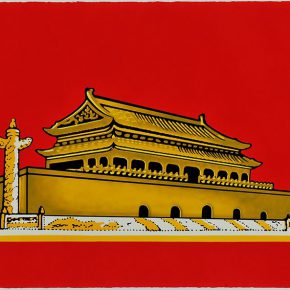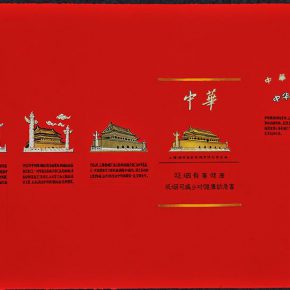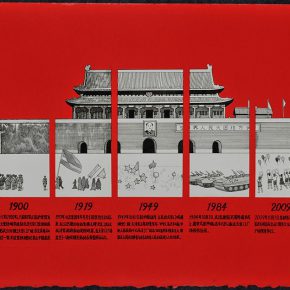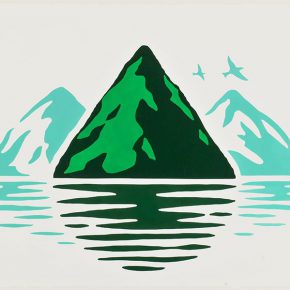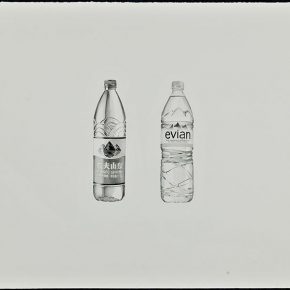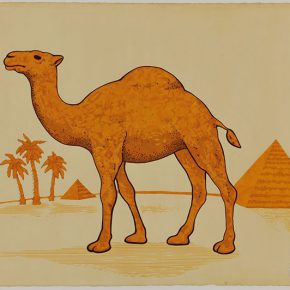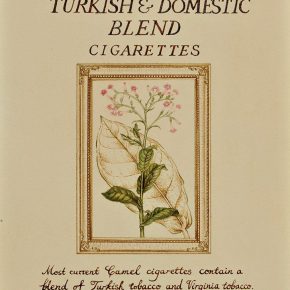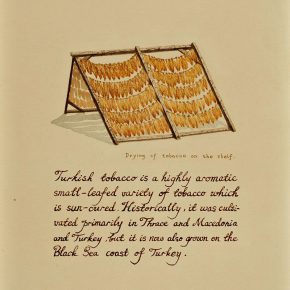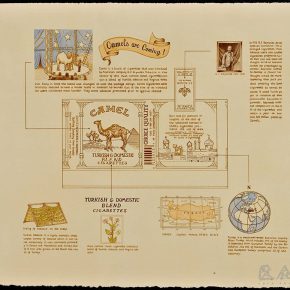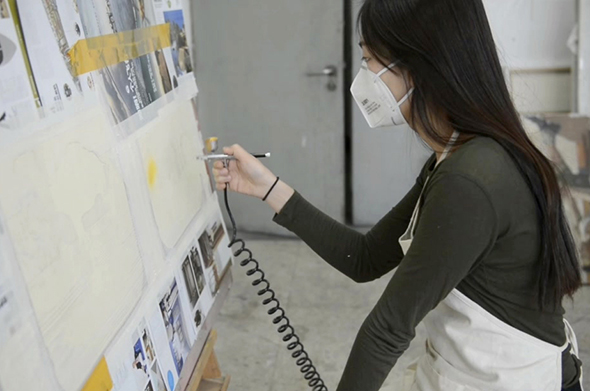
CAFA is located in Huajiadi which is often considered a joke as “the place of painters”, and many graduates of CAFA would like to stay in this community after their graduation, because they become accustomed to the way of life of CAFA. During their study and creation of art, they have gradually embarked on the road of art after studying in CAFA for four years or more. Graduation work is a very important node, which includes the summary and report of a student’s study in CAFA, on the other hand, the Case Observation project also pays close attention to the developmental path after graduation. We would like to observe the case of Zhang Jingya, who graduated from the Department of Printmaking of CAFA last year, what is her artistic state now?
(The following texts were written by Zhang Jingya)
Habit of CollectingMy habit of collecting bits and pieces was formed 7 years ago, mainly collecting wrapping paper. The majority of the paper is packages or paper product specifications, and I guess there are probably 200 sheets of wrapping paper and probably 200 sheets of instruction.
Many people have the habit of “collecting”, but there are a variety of different extent and content, as well as diversified reasons behind this habit. Some people collect things due to frugality, or think it useful in the future; some people collect things because of memories, shifting the nostalgia of the past to the objects involved in the memories; some are caused by obsessive-compulsive disorder to a certain degree, feeling bad if they discard them, keeping it to feel at ease; some are satisfied with the action itself and get a sense of security.
I guess I collect these useless torn sheets of wrapping paper because of the second of these situations. First of all, I have an obsessive-compulsive disorderto a certain degree, and I can’t bear discarding a piece of fine paper, which is still pretty, refined, quiet and elegant, although it is detached and torn, I become obsessed with these articles, so I maintain it to create psychological comfort; secondly, the collection of these useless beautiful things gives me satisfaction, feeling spiritual rich; finally, because I have also announced that they have a new meaning of existence, which gives me a sense of security.
When I wrote two books in the first year of postgraduate study, I started drawing my own collection, I finished a total of 32 pieces in more than six months, on the one hand, the thinking of drawing is different from the one of writing a book, so I had a rest from drawing when writing in a book, on the other hand, it was because of a long-time strong desire and a clear message in the brain. At the beginning, I hesitated to draw on this topic, but after self-analysis and self-acknowledgment in the process of writing books, through the analysis and consideration of my favorite artists, I started to confidently draw. I think it is destiny.
The collection and painted objects start from a simple chocolate packaging to many details of life. I deliberately pursue smooth and uniform simple color blockson the screen, trying to weaken strokes, which I have preferred since I became involved in the undergraduate creation. In order to achieve the effect, I use a manual spray gun, together with the hand-painted approach, as well as drawing on a lot of production ideas of printmaking which were accumulated in the undergraduate period, it is an extremely calm and dense color, and even has a bit of thickness, which is exciting.
Consumption LandscapeThe creative idea of “Consumption Landscape” emerged because of an attempt to draw several green hills and lakes from the logo of Nongfu Spring pure water. After drawing it I made a new attempt, enlarging it to the size of a landscape painting. After that, I attempted to intervene in the landscape from the perspective of consumer goods to discuss the topic behind it and started collecting packages and LOGOs with images inch by inch. It also made me recall my experience during childhood – a new supermarket emerged in 1997, in my memoriy, people didn’t need to pay for the commodities from the supermarket, but chose what they needed and put it into a shopping cart. I started to be interested in different merchandise, enjoying the process of seeing, taking it, or putting it back.
Depending on a further collection of literature and the creative attempt, I finally extended it and entered the graduation creation with 3 commodities, including Nongfu Spring, Chunghwa, and CAMEL. Among them, the picture of Nongfu Spring is calm and clear, but there is an unfair and helpless event behind it, which originated from a personal desire; the picture of Chunghwa cigarettes focuses on the buildings of Tiananmen, which refuse any political symbols after the founding of the P.R.C., to restore the relationship between the main building and the Forbidden City; the picture of CAMEL is extracted and enlarged, so that the spectator can re-examine the brand and symbol, event and pattern, content and the strange change of content, to create a new understanding of the cigarette symbol that is associated with wars.
The Relations between Three CluesAfter the graduation creation, I have to adjust and adapt to a new life and started to research previous ideas, reviewing the notes, two books, and all the collections and creations over the past years, finally I found three clues: consumer goods, landscape and text, which reflect my growth, and the subtle influences of my family. Rather than directly continuing the graduation creation itself, I want to respectively explore art from the perspective of consumer goods, landscape and text, so that, I started to accumulate the creative materials of “Consumption Republic", “Landscape Project” and “Writing”. I think it is necessary to firstly understand what these three things respectively correspond to, before trying the possibility of juxtaposition. It seems to be detoured or dispersed, but I recall playing checkers in my childhood, the game aims at placing one piece in the opponent’s grid, any method is feasible, the surrounding pieces and even those behind can achieve a far game of chess.
Text and photo by Zhang Jingya
Edited by Zhang Wenzhi, translated by Chen Peihua and edited by Sue/CAFA ART INFO



